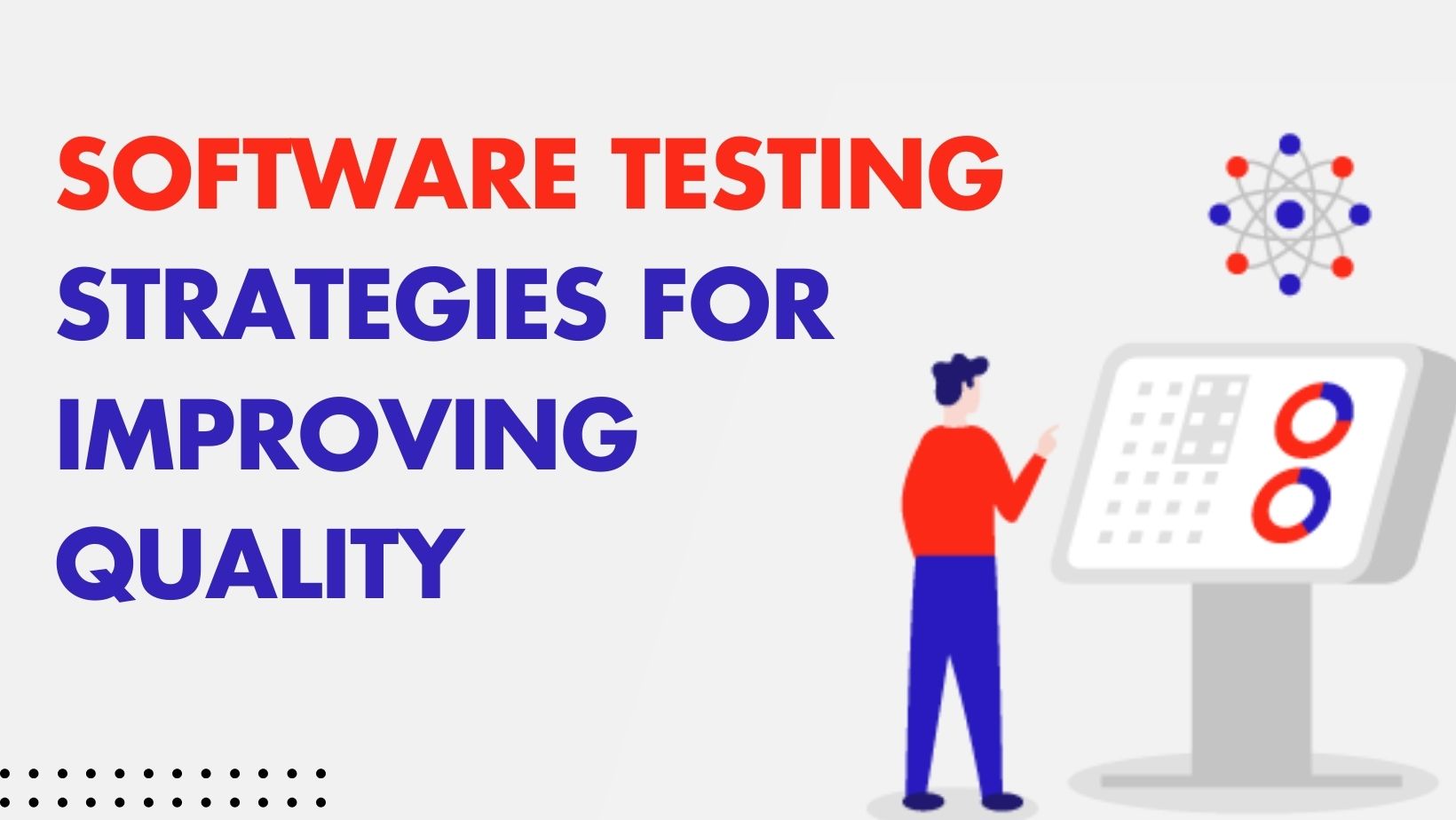Software Testing Strategies for Improving Quality
 Shivanshi Singh
Shivanshi Singh
Quality assurance in software development relies heavily on effective testing strategies. Testing ensures the product meets specifications, satisfies user expectations, and operates reliably under various conditions. In this article, you will explore some crucial software testing strategies that can significantly improve software quality.
Understanding Software Quality and Testing
What Is Software Quality?
Software quality reflects how well a software product meets both functional and non-functional requirements. High-quality software is typically defined by its reliability, performance, security, and usability.
Why Is Testing Important?
Testing helps identify bugs, security vulnerabilities, and usability issues, which in turn leads to a stable and reliable product. It also aids in validating that the software performs as expected across different scenarios.
Types of Software Testing
Manual Testing
Manual testing is performed by human testers who go through various scenarios to ensure the software functions as intended. This approach helps uncover user experience issues that automated testing might miss.
Automated Testing
Automated testing uses scripts and tools to execute tests without human intervention. This approach is efficient for repetitive and time-consuming tests, such as regression testing, and enhances test coverage across different environments.
Functional Testing
Functional testing verifies that the software performs as expected according to the specified requirements. It focuses on the features and functions of the software to ensure they operate correctly.
Non-functional Testing
Non-functional testing evaluates software aspects like performance, security, and usability. It is critical in identifying issues related to the software's behavior under load or adverse conditions.
Key Testing Strategies for Quality Improvement
Unit Testing
Unit testing is a fundamental testing strategy that involves testing individual components or functions of the software. Developers perform these tests early in the development process to identify and resolve defects in isolated modules, improving code quality from the start.
Integration Testing
Integration testing focuses on the interactions between different modules of the software. This strategy identifies issues that may arise when modules are combined, ensuring seamless communication and functionality across components.
Regression Testing
Regression testing verifies that new code changes do not negatively impact existing functionality. This strategy is crucial during iterative development, as it ensures stability with every update or addition.
System Testing
System testing evaluates the software as a complete system. It tests all components together to validate end-to-end functionality, ensuring the software meets overall requirements before deployment.
User Acceptance Testing (UAT)
UAT is the final testing phase before the software is released. It involves real users testing the software to ensure it meets their needs and requirements. This step is essential for validating that the software aligns with user expectations.
Advanced Testing Strategies
Continuous Testing in DevOps
Continuous testing integrates automated tests into the DevOps pipeline. This approach allows for ongoing quality checks throughout the software development lifecycle, providing faster feedback and minimizing deployment risks.
Test-Driven Development (TDD)
In TDD, developers write tests before the actual code. This strategy promotes writing minimal and clean code that fulfills the test requirements, resulting in a higher-quality and more maintainable codebase.
Behavior-Driven Development (BDD)
BDD focuses on writing test cases in a language understandable to both technical and non-technical stakeholders. This strategy enhances collaboration and aligns development with user needs.
Exploratory Testing
Exploratory testing is an ad-hoc testing technique where testers explore the software without predefined test cases. This strategy helps discover edge cases and usability issues, providing a comprehensive assessment of the product.
Best Practices for Implementing Testing Strategies
Establish Clear Requirements
Clearly defined requirements ensure that all tests are aligned with the expected functionality and performance of the software.
Automate Repetitive Tests
Automating repetitive tasks, such as regression testing, increases efficiency and allows testers to focus on complex scenarios that require human insight.
Prioritize High-Risk Areas
Identify and prioritize high-risk areas of the software that are more likely to have defects or impact user experience. Focusing on these areas improves overall quality.
Conduct Regular Code Reviews
Regular code reviews allow teams to identify potential issues early, enhance code quality, and improve testing coverage.
Utilize Test Metrics
Track metrics such as defect density, test coverage, and test execution times to measure and improve testing effectiveness. Metrics provide insights into areas that may need more attention.
Enhancing Skills Through Software Testing Training
To excel in applying these testing strategies, continuous learning is essential. Many professionals advance their expertise through specialized software testing training in Delhi, Noida, Meerut, Chandigarh, Pune, and other cities located in India. These programs provide hands-on knowledge of testing tools and techniques, making it easier to implement effective strategies in real-world projects.
Conclusion
Quality software testing strategies are critical to achieving a high-performing, reliable, and secure product. From unit testing to exploratory testing, each strategy plays a unique role in ensuring software quality. By implementing a blend of these strategies, along with best practices like automation and prioritization, development teams can produce software that meets both user expectations and business goals.
Subscribe to my newsletter
Read articles from Shivanshi Singh directly inside your inbox. Subscribe to the newsletter, and don't miss out.
Written by

Shivanshi Singh
Shivanshi Singh
I am a Digital Marketer and Content Marketing Specialist, I enjoy technical and non-technical writing. I enjoy learning something new. My passion and urge is to gain new insights into lifestyle, Education, and technology.